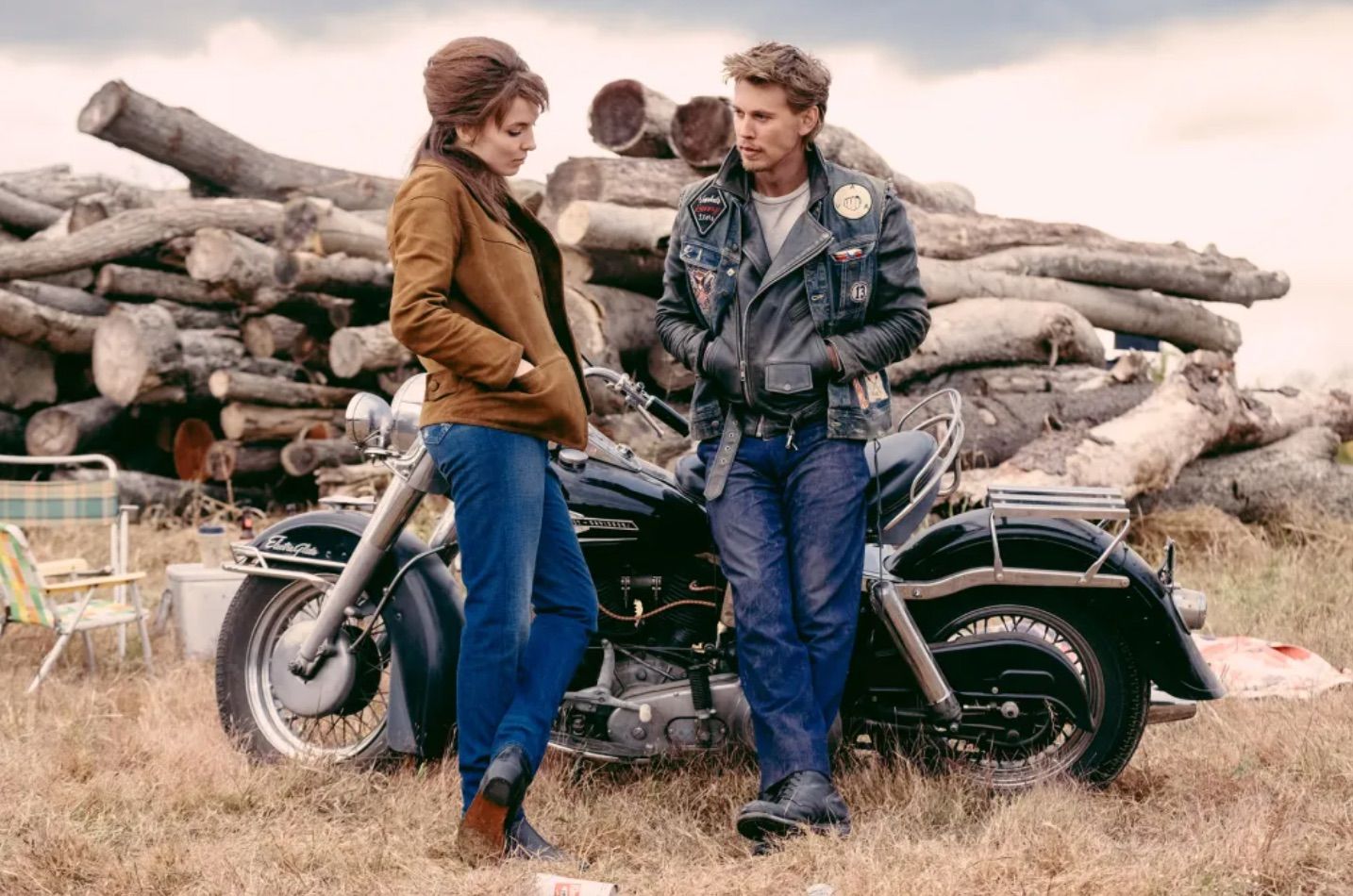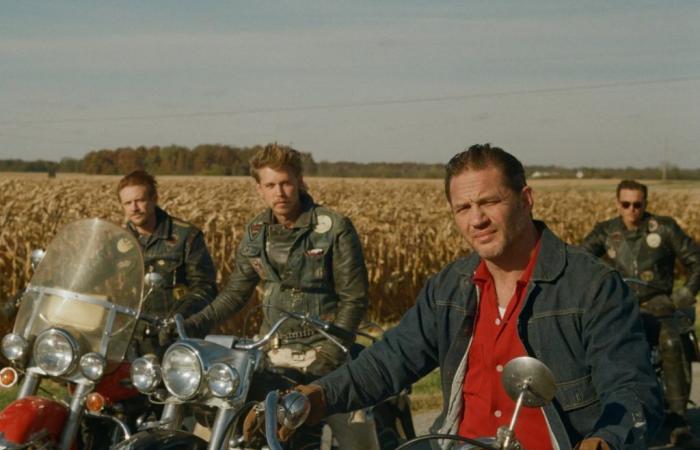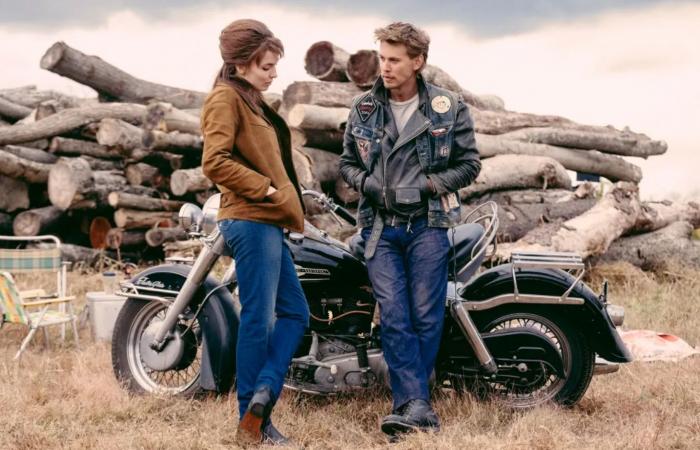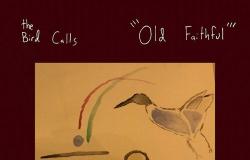They were the original 1%. Not the richest of the rich, the elite of the elite, as the 1% is understood today, but “the 1% who don’t fit in and don’t interest us… we punched our way into a hundred fights, we stayed alive with our boots and our fists”. This quote opens Hell’s Angels by Hunter S. Thompson, the definitive account of the motorcycle gang that was both the emblem of post-war freedom and a nightmare for “respectable” society. They’re coming to your city, they’re going to party, they’re an American gang of greasy, dirty, beer-drinking bikers who don’t care about anything or anyone. They were misfits who had found liberation on two wheels and lived by their own violent, self-directed codes. The book begins with them recognizing the Gonzo King as a kindred spirit. It ends with them trampling him en masse.
The Angels were not the only motorcycle club in the United States, but only the best known; there were many others. Like, for example, the Outlaws, whose main chapter operated in Chicago and allowed photographer Danny Lyons to interview and photograph them as they hung out, worked on their choppers and went on long runs. He also recorded interviews with some of the members, as well as some of their wives and girlfriends. The final result, The Bikeriders (in theaters now), is a small classic of modern photo-anthropology, a late-’60s document of both a specific subculture and a moment when the nation spewed out an alternative version of the do-it-yourself American Dream . No wonder director Jeff Nichols fell under its spell when he came across the book in his younger years. It is direct testimony to a lost Nirvana.
The intelligent aspect of the writer and director’s attempt to transform The Bikeriders in a full-fledged biker film is that he is fully aware that he is adapting a book of photographs for the big screen. Lyons himself is a character in this story, played by Mike Faist Challengers, part impartial photographer, part microphone-wielding therapist, and part scruffy historian. There’s a love triangle of sorts between Benny (Austin Butler), the lost soul of the group, Kathy (Jodie Comer), his long-suffering wife and narrator de facto, and the club itself, renamed the Vandals and embodied by its stoic founder, Johnny (Tom Hardy, at his most “tomhardytude”). The conflicts between the characters are numerous, but there is no real resolution. And like all empires, this gang will experience a rise, a heyday, the crossing of the Rubicon and the fall.
However, Nichols’ approach to the source material is to present things less as a traditional narrative than as a series of vignettes, all reduced to artfully aged and grime-dusted images, and a kind of experiential viewing. It’s a book of moving images, moving from bars to brawls on muddy tracks, to working-class homes and haunts, with an eye to the cumulative effect of all this vintage on display. Remember that old story that a retro 1950s diner is a living wax museum? This is an art gallery with a Harley Panhead engine, restored and customized to get the most out of vroom nostalgic.
Iconography has always been a key part of biker gangs, motorcycle culture and biker movies: the often controversial signs (swastikas, iron crosses), the identifying insignia, the leather jackets and reverse jeans. Lyons’ photographic tome described the uniform that had been more or less codified by the Wild, the 1953 film referred to both in a literal sense – legend has it that Johnny was inspired to found the Vandals after seeing the film on TV – and in a metaphorical sense, through Hardy’s interpretation, extremely similar to Marlon Brando. The photographer/author has also allowed his readers to take a look inside a mostly white, mostly working-class world, and it is precisely the aspects of class and marginalization that Nichols leverages most. Going back to the golden age of biker movies, 1967-69, for every dangerously reckless Dennis Hopper there are many more Hollywood hippies in Hell’s Angel costumes. Among these bikerider, it’s Butler’s turn to play the handsome guy. All the other members of the Vandals have the appearance of a worker or a real freak on a hangover. You can virtually smell the cheap wine and the axle grease of their motorcycle.

Jodie Comer and Austin Butler in a scene from the film. Photo: Focus Features
Lyons’ book also used a long recorded conversation with Kathy Bauer, Benny’s real-life wife, as a dispatch from this world of dirty fingernails. Much of this material is retold almost verbatim through Jodie Comer’s voiceover, in what may be the most impressive feat of regional mimicry in years. The star of Killing Eve, originally from Liverpool, has already given the world a series of impressive stunts with the most diverse accents; Kathy’s over-the-top rendition of her Midwestern accent is so convincing because it’s authentically caricatured, and sets the tone for her entire chameleonic performance. However, this achievement pales in comparison to what she does emotionally. Her patience, her determination and her perseverance are embodied in an extraordinary way. When a particularly dangerous encounter wounds her deeply, Comer lets us see every crack and wound in that woman. She is the heart of the film.
As for Butler and Hardy, the first is the beauty – when the star Elvis imitates James Dean’s way of moving your head, waiting a moment and then letting your eyes follow him, it’s like watching old school movie stardom in hyperdrive – and the second is brains and strength. Both actors clearly revere the 20th century Method, which goes well with the period film aspect of this reflection on male anger; the one-two punch of strength and sensitivity that allowed Brando and others to redefine American masculinity for subsequent generations of their peers is as much a part of their uniform as leather and denim. Hardy, in particular, makes the most of his strong and silent archetype, adding not only a kind of gentle menace, but also subliminal currents of existential desperation and weariness from those who can no longer find a way out. It’s a powerful mix of icy coldness and extreme heat that he brings to this film. Challenging his leadership, he casually asks if his opponent prefers fists or knives. Begging Butler’s Benny to take command of the gang at a late-night bonfire, Hardy’s Johnny gets so close to his protégé’s most intimate sphere that one wonders if someone has slipped in a reel of Scorpio Rising in the projection booth.
The Bikeriders he doesn’t necessarily want to praise these road warriors, nor does he want to completely bury their memory. Nichols said he tried to capture the sense of rebellion and radical disruption that these gangs represented, as well as the vintage-hip vibe he felt while flipping through Lyons’ book. Thanks to its holy trinity of protagonists – not to mention a fierce gallery of rogues that includes the brutal loose cannon of Michael Shannon, the right-hand man played by Damon Herriman and the Mutt & Jeff couple given face and body by the duo Beau Knapp -Karl Glusman – you get the feeling he really hit the nail on the head. The director also knows that, to quote a wise man, to live outside the law you have to be honest, and once a younger generation begins to make its way among the Vandals, we see the previous one slowly, and honorably, walk towards the sunset. Those original photos captured a world that lasted a breath. The film knows that that nihilistic gesture may seem a little jarring now, but it still wants to pay homage to the memory of these savages of the past.
From Rolling Stone US







